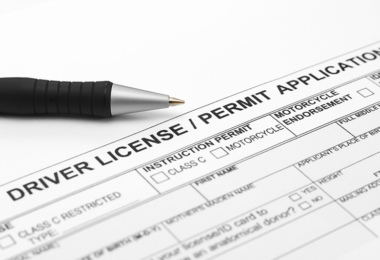Home / Modules / Components / Minimum entry age for learner stage / Key research findings
Key research findings
- McCartt et al. (2010), in a U.S. national study of teen drivers involved in fatal crashes, found that the longer the permit age was delayed the lower their estimated fatal crash rates — a one-year delay, from 15 to 16 reduced the fatal crash rate by 13%.
- Trempel (2009), in a U.S. national study of the effect of different graduated driver licensing (GDL) laws on collision claims of teenage drivers, found that increasing the learner permit age reduced the collision risk, but was not statistically significant.
- Masten et al. (2013) reported suggestive evidence that disallowing learner driving until age 16 had the most potential for fatal crash reduction.
- Senserrick & Williams (2015), in a synthesis of the literature on GDL policies and licensing ages, concluded that older learner starting ages are the most beneficial.
- Williams et al. (2011), in a U.S. national online survey of the views of parents of GDL teens on licensing policies, reported that 34% of parents selected a learner starting age younger than 16, 29% selected 16, and 37% selected older than 16; accordingly, the majority of parents (66%) support a minimum learner license age of 16 or older.





